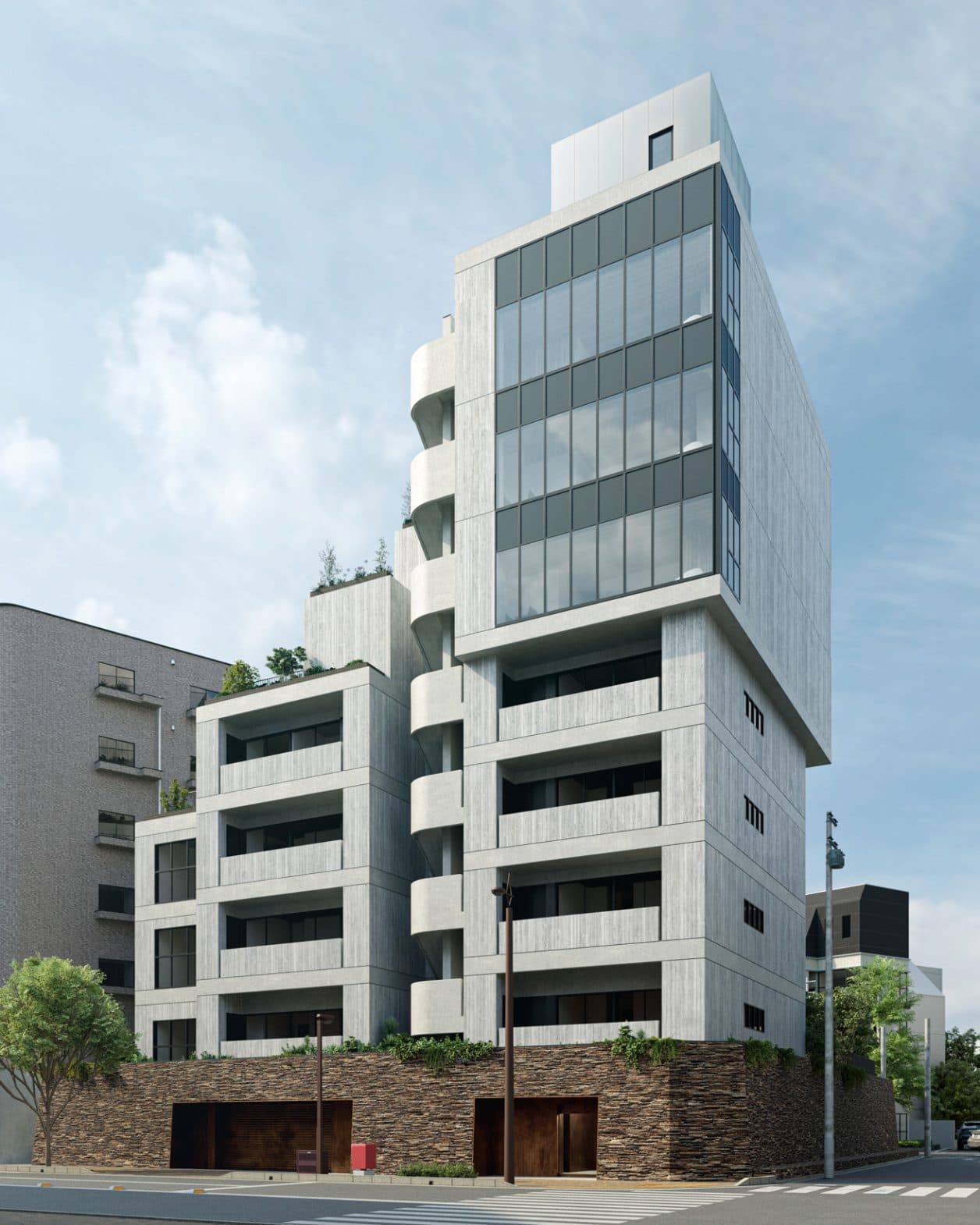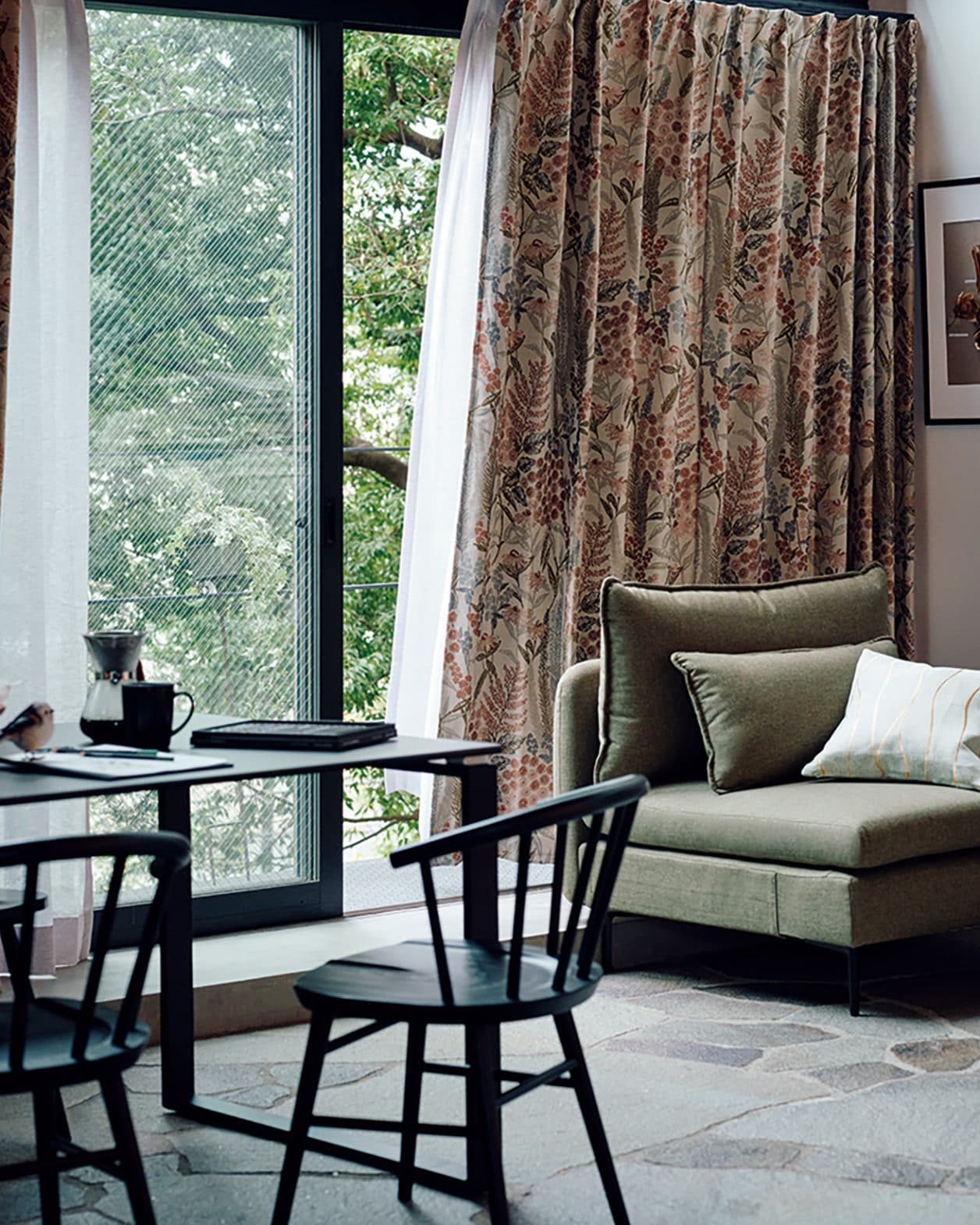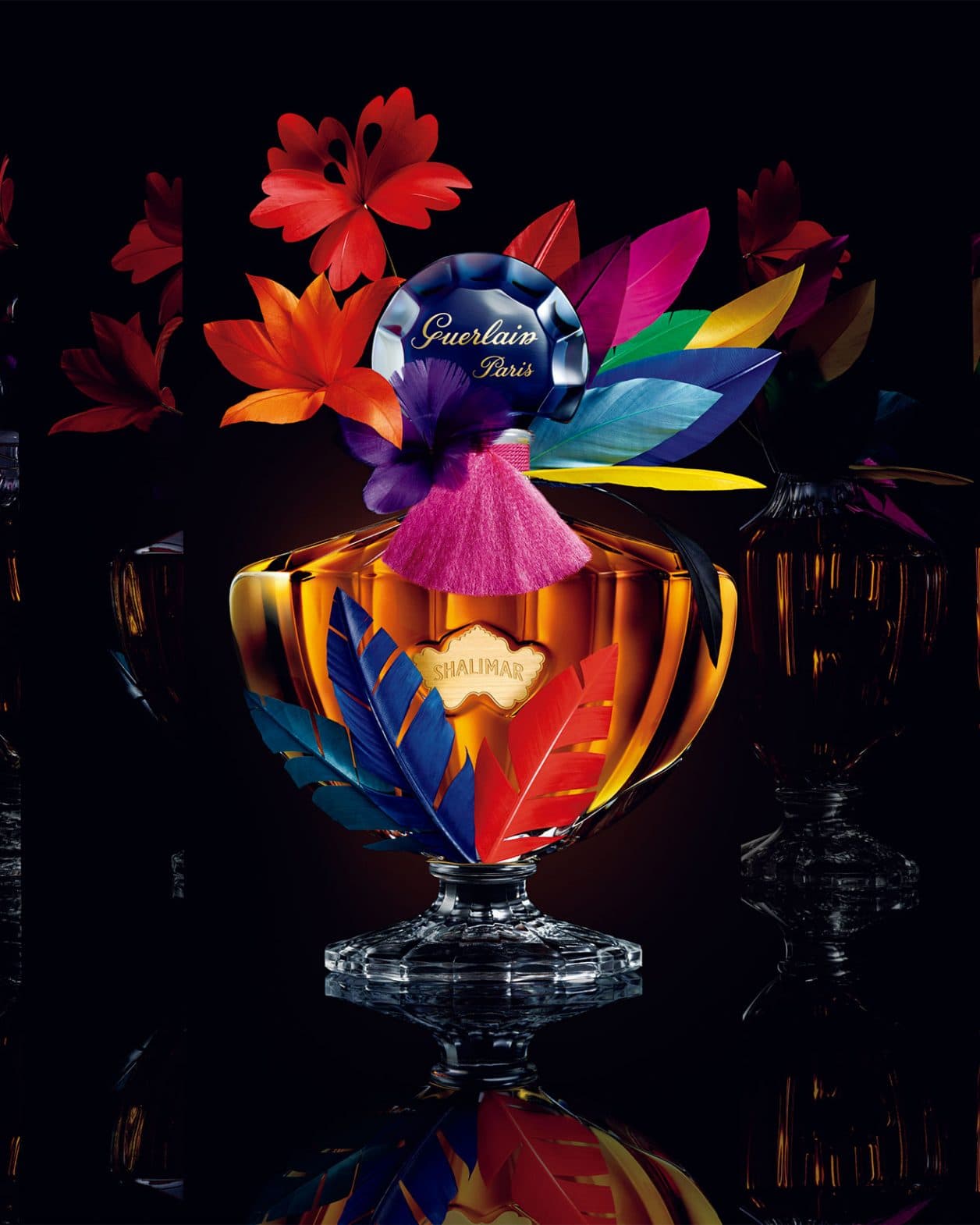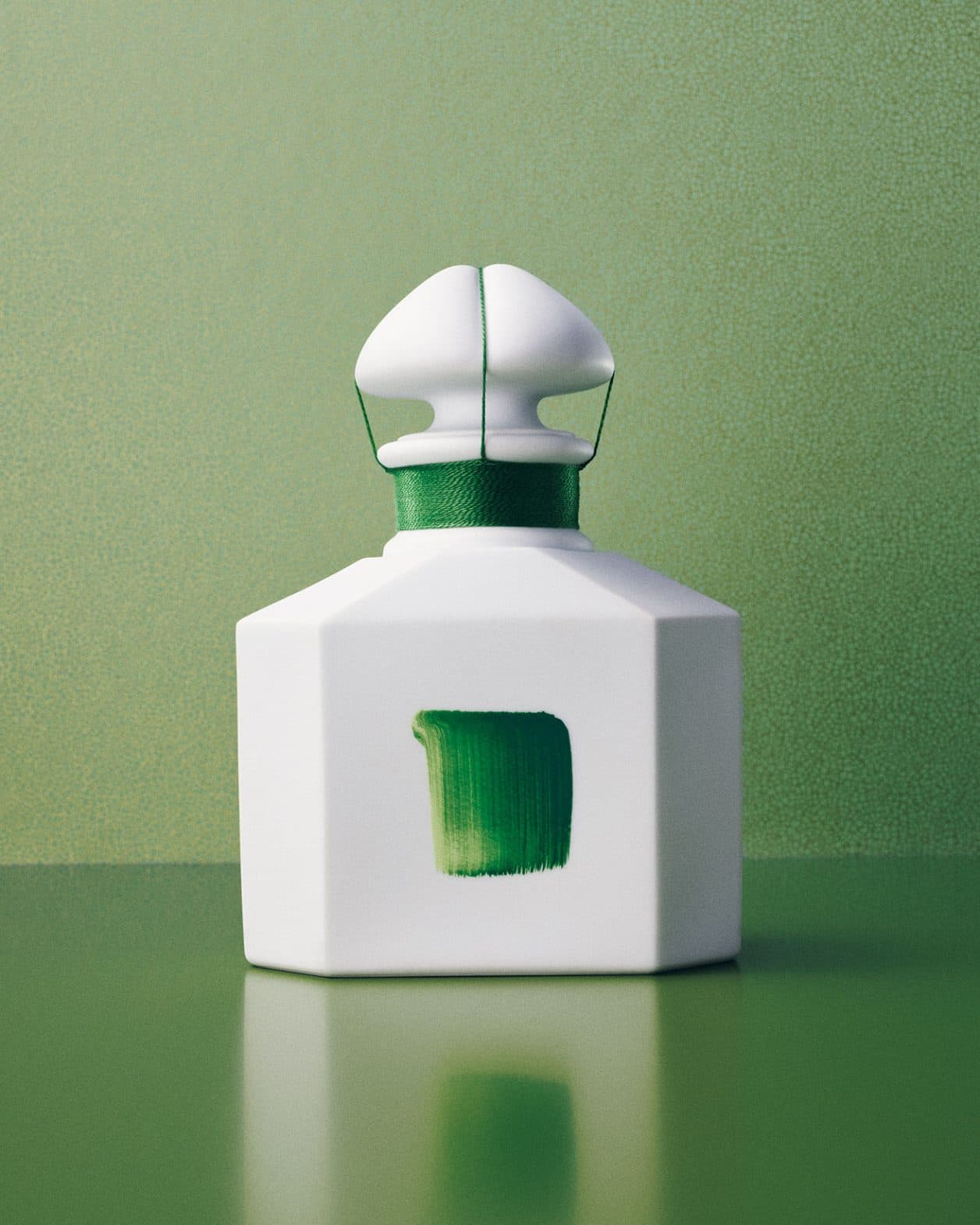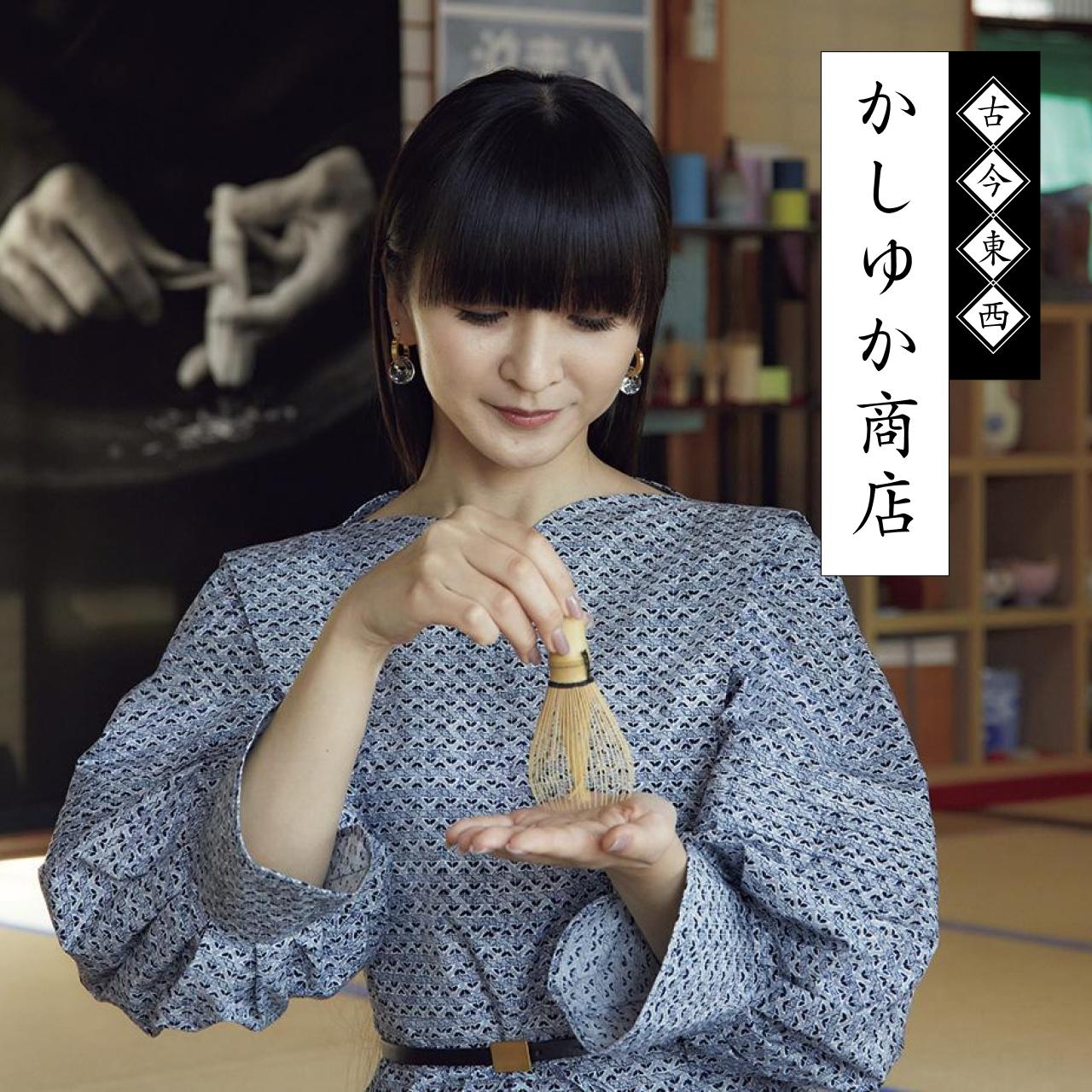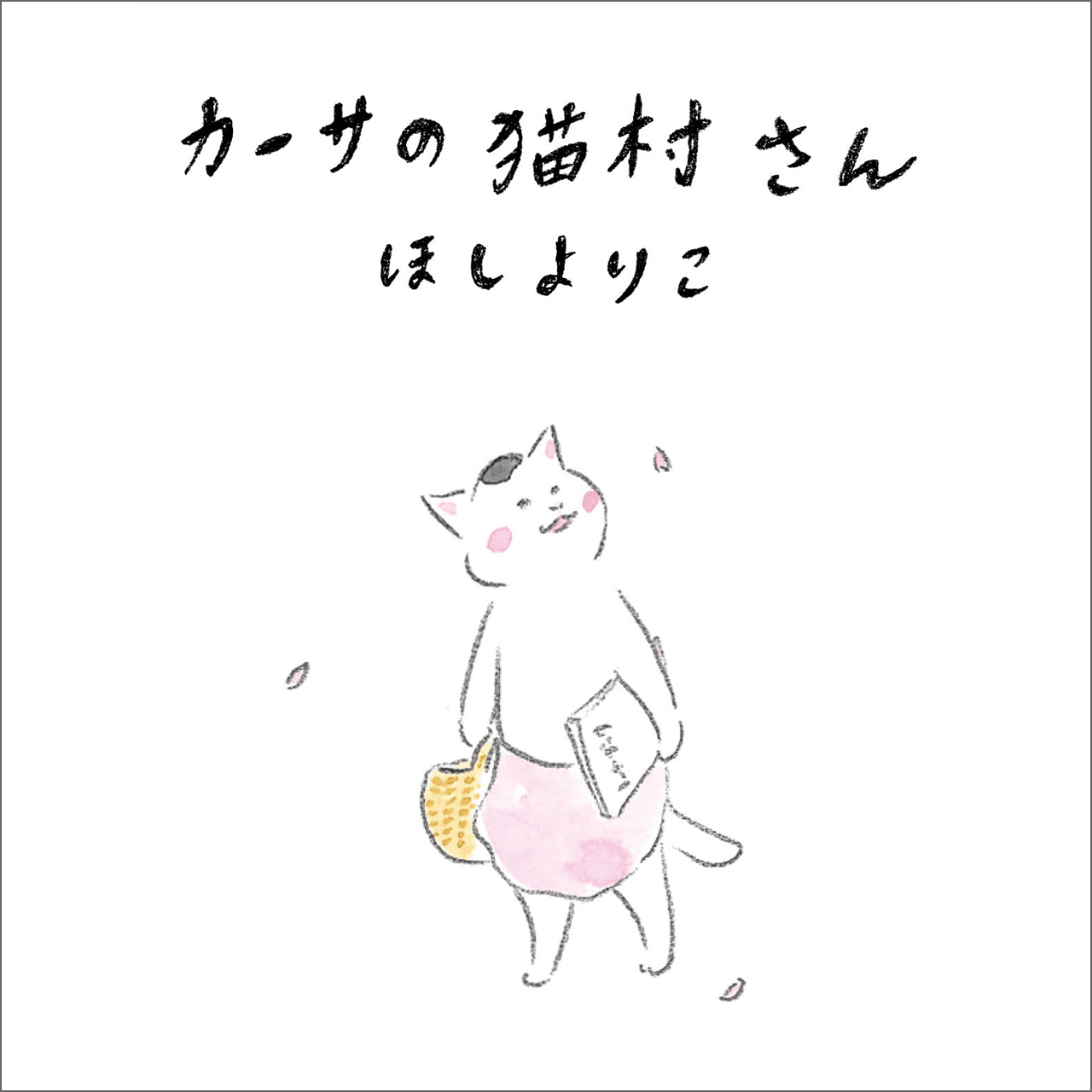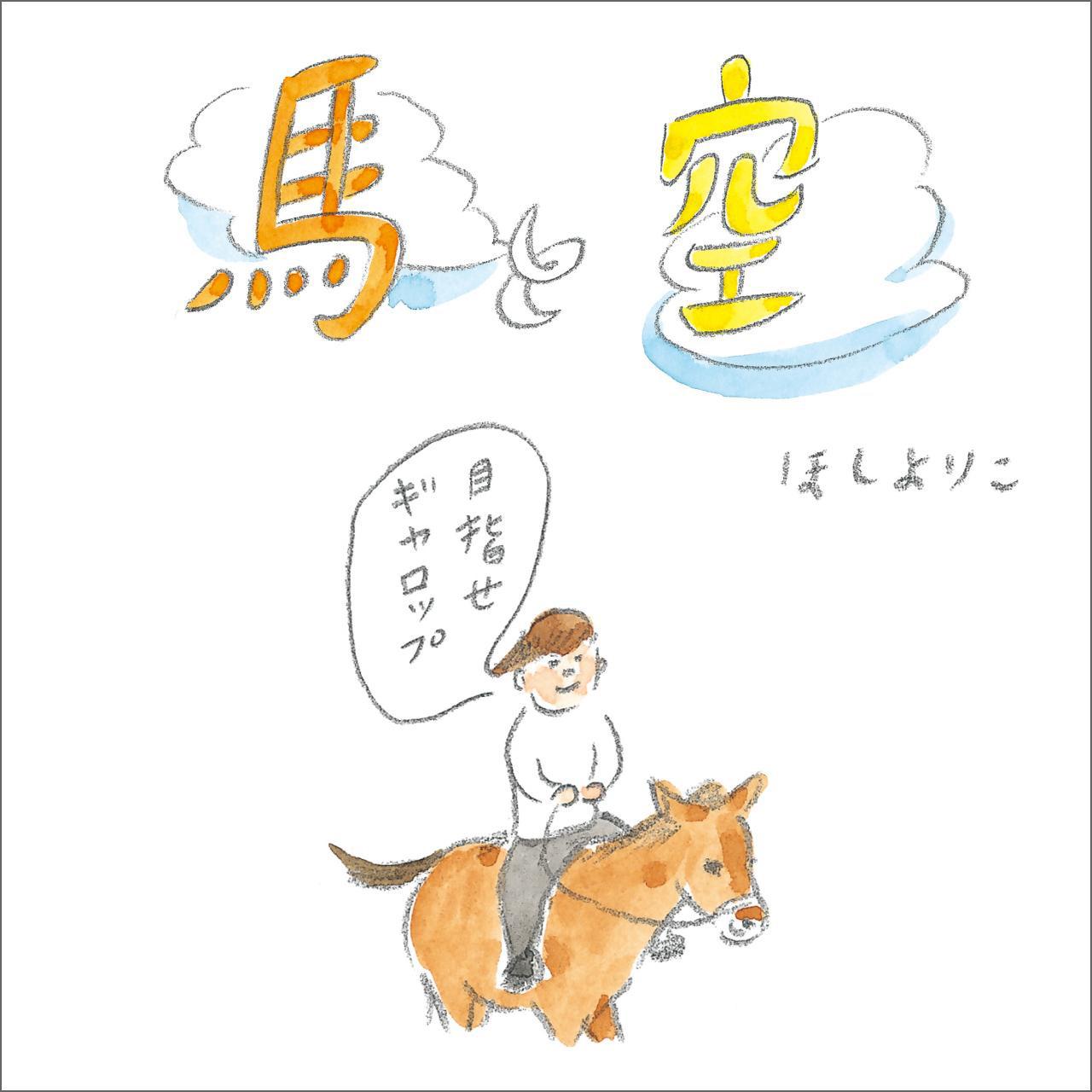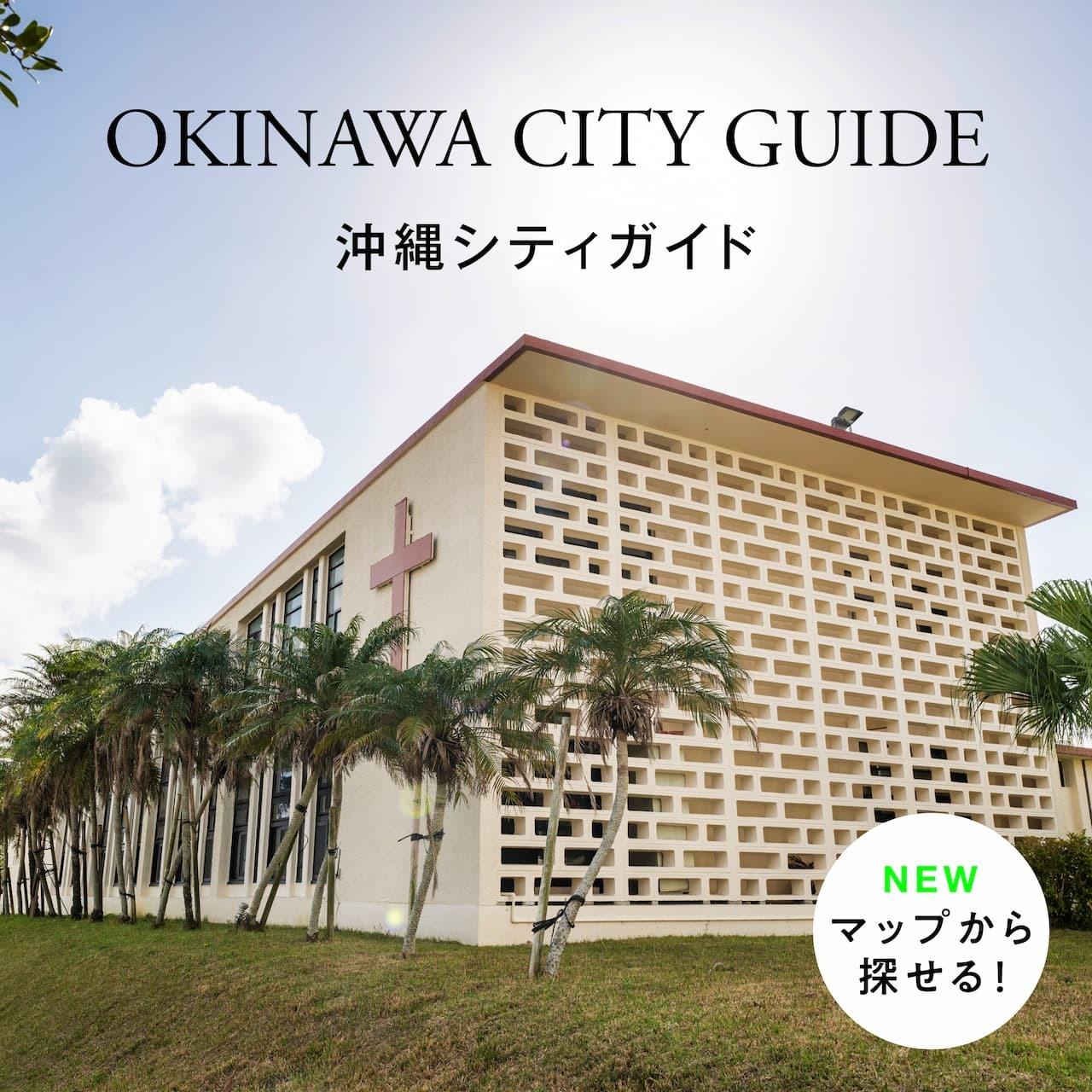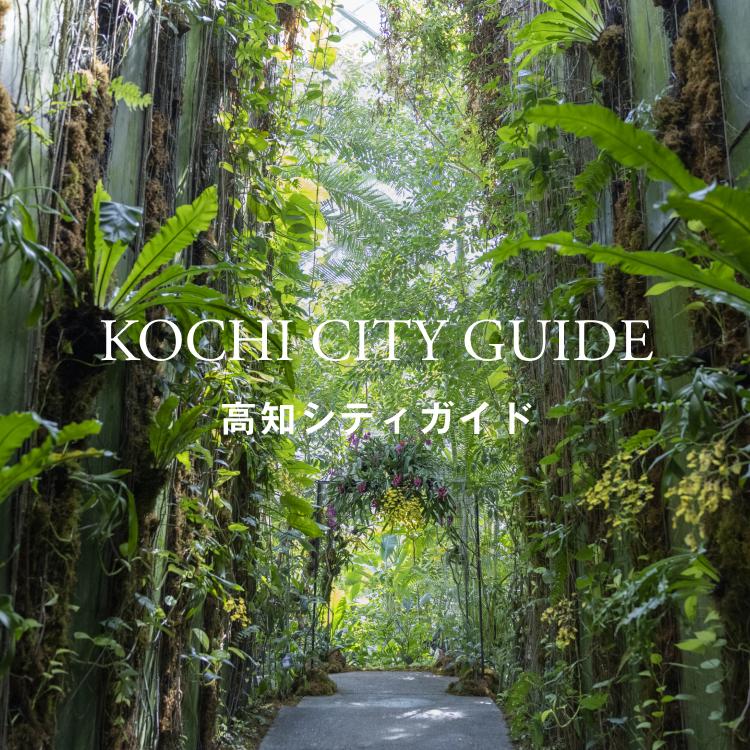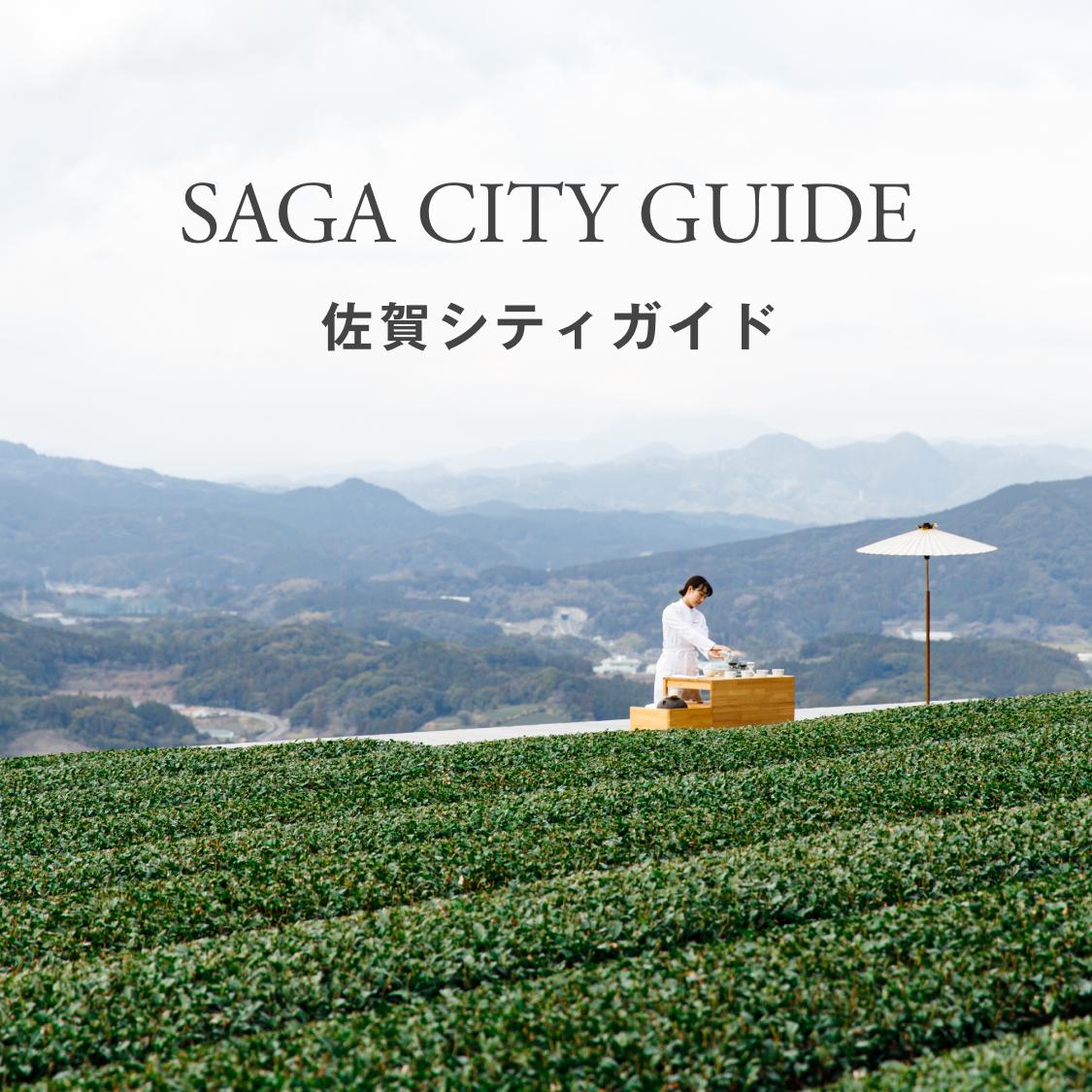DESIGN
Kokontozai: KASHIYUKA’s Shop of Japanese Arts and Crafts —【Hanagoza Sleeping Mat】
『カーサ ブルータス』2024年9月号より
| Design | KASHIYUKA’s Shop of Japanese Arts and Crafts | photo_Keisuke Fukamizu editor_Masae Wako hair & make-up_Masako Osuga translation_ Mika Yoshida & David G. Imber
Searching all of Japan for handcrafted items that express its heart and soul, our proprietor, KASHIYUKA, presents things that bring a bit of luxury to everyday life. Her voyage lands her this time in Yanagawa, Fukuoka prefecture, where she comes across hanagoza; small mats woven with the same rushes of which tatami are made, dyed in lovely colors.
